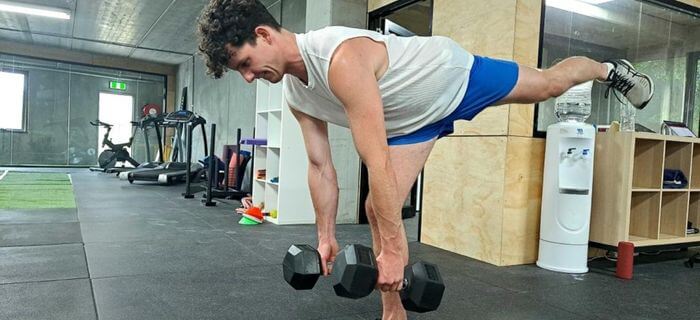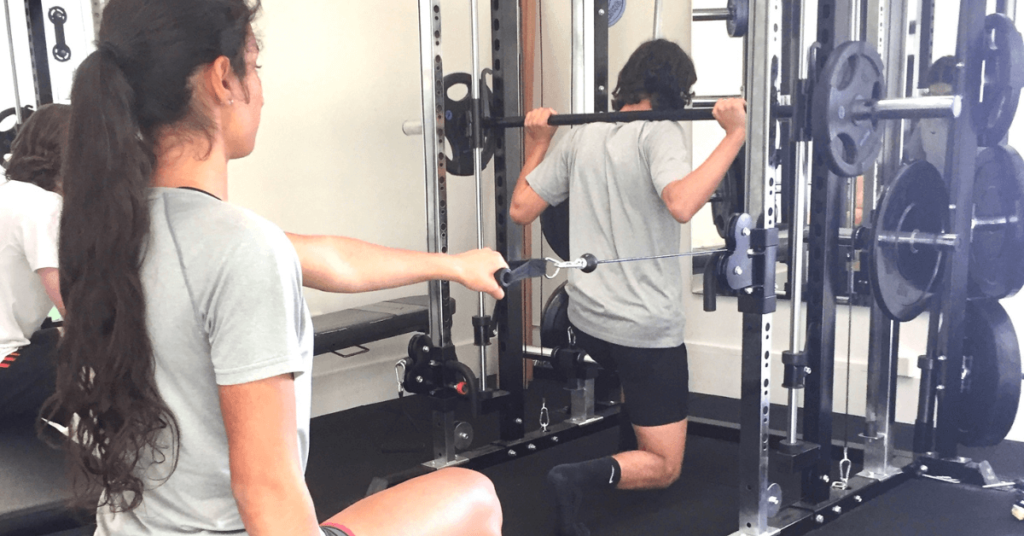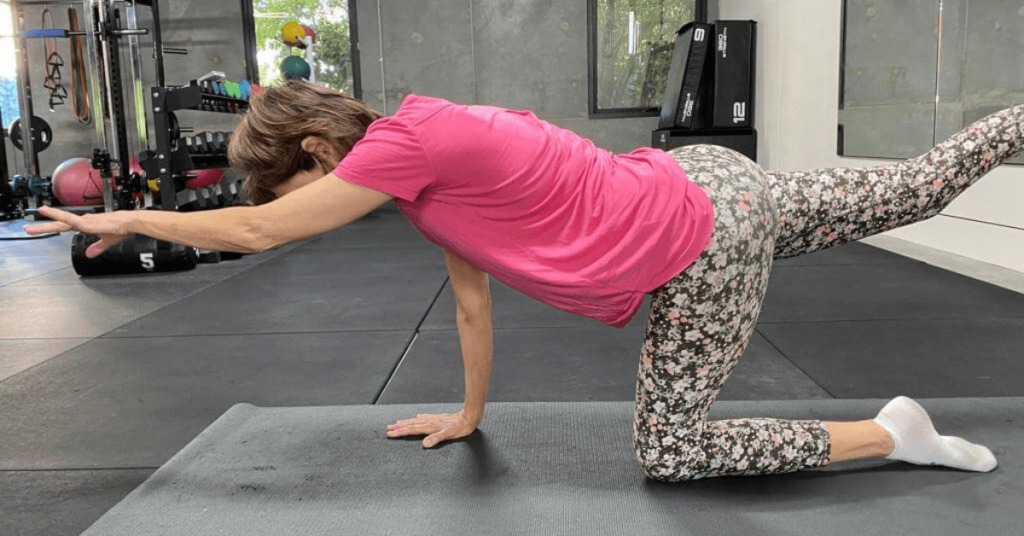Weight Training and How it Improves Your Muscular Fitness

The weightlifting equipment at the gym is popular with your pals. Their efforts have paid off, as seen by their toned muscles and better body. You want to begin a weight training regimen but are unsure if you have the time. It’s time to think twice.
Define Weight Training
For increasing skeletal and muscular strength and size and maintaining strength, weight training is a popular kind of strength training. It employs weighted bars, dumbbells, or weight stacks to counteract muscles’ force when they contract eccentrically or concentrically. Weight training targets particular muscle groups and movement patterns using specialised equipment. Weight training may be done using machines or free weights like barbells and dumbbells. Other resistance training forms, such as resistance bands or your own body weight, can also help you gain strength.
Who benefits from weight training?
People of all ages and fitness levels benefit from regular strength or resistance training because it slows the natural aging-related loss of lean muscle mass (the medical term for this loss is sarcopenia). People who suffer from long-term medical ailments, including obesity, arthritis, or heart disease, might also benefit from it.
What are the benefits of weight training?
Exercise focusing on strength has numerous advantages for people of all ages, but it’s especially crucial for the elderly. Weight training has the following advantages: 1) an increase in lean body mass; 2) an increase in metabolic rate; 3) an increase in bone density; 4) a reduction in the risk of injury, and 5) the restoration of muscle mass that is often lost with ageing. If you lose skeletal muscle, you won’t have as much strength to get out of a chair, do your hair and makeup, or cook a meal. When people age, they lose muscle mass, which can reduce their resting metabolic rate and ultimately contribute to weight gain.
How often should you do weight training?
You don’t need to spend 90 minutes a day working out in the weight room to see results. Short weightlifting sessions a few times each week are more practicable for most individuals than long daily routines. A few 20- or 30-minute weight training sessions each week will work wonders for your strength. That rate of exercise is consistent with guidelines for healthy persons.
Does weight training need to be paired with proper nutrition?
Even while weightlifting might aid in weight reduction, eating is also a crucial component. Although weightlifting burns calories, you’ll need to combine training with a healthy diet to get accurate weight reduction results.
You can create a calorie deficit by engaging in regular exercise and consuming a little reduction in calories. Repeated studies have shown that this is the most successful and long-lasting method for reducing body fat. To add, if you want to gain muscle and strength, you need to replenish your body with enough protein, carbs, and healthy fats to support muscle and strength development.

Nine out of ten Australians, according to Dr. Jason Bennie of Victoria University’s Institute of Sport, Exercise and Active Living, do not adhere to the recommendations for twice-weekly strength exercise. You may do strength training with everything from free weights to barbells, dumbbells, and kettlebells, or even just your own body weight (push-ups, sit-ups, squats)
Tips for Proper Weight Lifting and Weight Training
When done correctly, weight training has significant positive effects on health. But if done incorrectly, it can result in injuries like sprains, strains, and fractures.
Consider these fundamental weight-training techniques for the greatest results:
- Use the proper techniques and forms
- Always warm up before a workout
- Do a single set of reps first
- Make sure you are lifting the right weight
- Don’t be in a hurry. Start slowly.
- Rest in between sets
- Rehydrate as often as you can
How much weight should I use?
Your weights should be heavy enough that you can only complete 4-6 repetitions each set if your objective is to increase strength. You should be able to do no more than 7–12 repetitions in a set if you aim to increase your muscle growth. The optimal number of repetitions per set to increase muscular endurance is 12–15. When deciding how much weight to utilise, bodybuilders and gym goers who want to bulk up their muscles choose a somewhat different strategy. Here, it has been demonstrated that picking a weight at which they can perform 8–12 repetitions can enhance muscular growth.
Strength training is necessary to achieve that level of muscular growth since it requires time, commitment, and work. As a result of muscle tissue burning more calories at rest than fat, you’ll actually sculpt lean muscle and burn more calories throughout the day.
You should repeat the exercises listed below three times, for eight to twelve repetitions each time. Once you can complete 12 reps, increase the weight. You get more bang for your money by engaging many muscle groups simultaneously with these dynamic workouts.
- Push ups
- Chest Press
- Squats
- Deadlift
- Rows
- Curls
- Dips
- Shoulder Press
- Planks
Strength training doesn’t require a huge amount of expensive equipment. Dumbbells, kettlebells, barbells, and cables are the typical basic equipment needed for strength training, and these may all be found in a gym. Alternately, stock up on your home gym supplies and go to work in the garden.
Natural ageing causes a loss of lean muscle mass. If you don’t take action to replenish the lost muscle, fat will take its place. However, the tendency may be reversed with weight training at any age. You’ll be able to lift weights more effortlessly and for longer periods of time as your muscle mass grows. Additionally, you’ll support the preservation of bone mass, enhance weight management, and raise metabolic rate.
There are other components to a well-rounded fitness programme that aren’t found on the bottom of a dumbbell, and while strength training has many advantages and we should all be doing it to maintain our bones now and in the future, there are. Cardio exercise is one of them! These are exercises that improve circulation and reduce blood pressure are excellent for maintaining a healthy heart. It’s something to develop into a lifelong habit, similar to resistance training.




